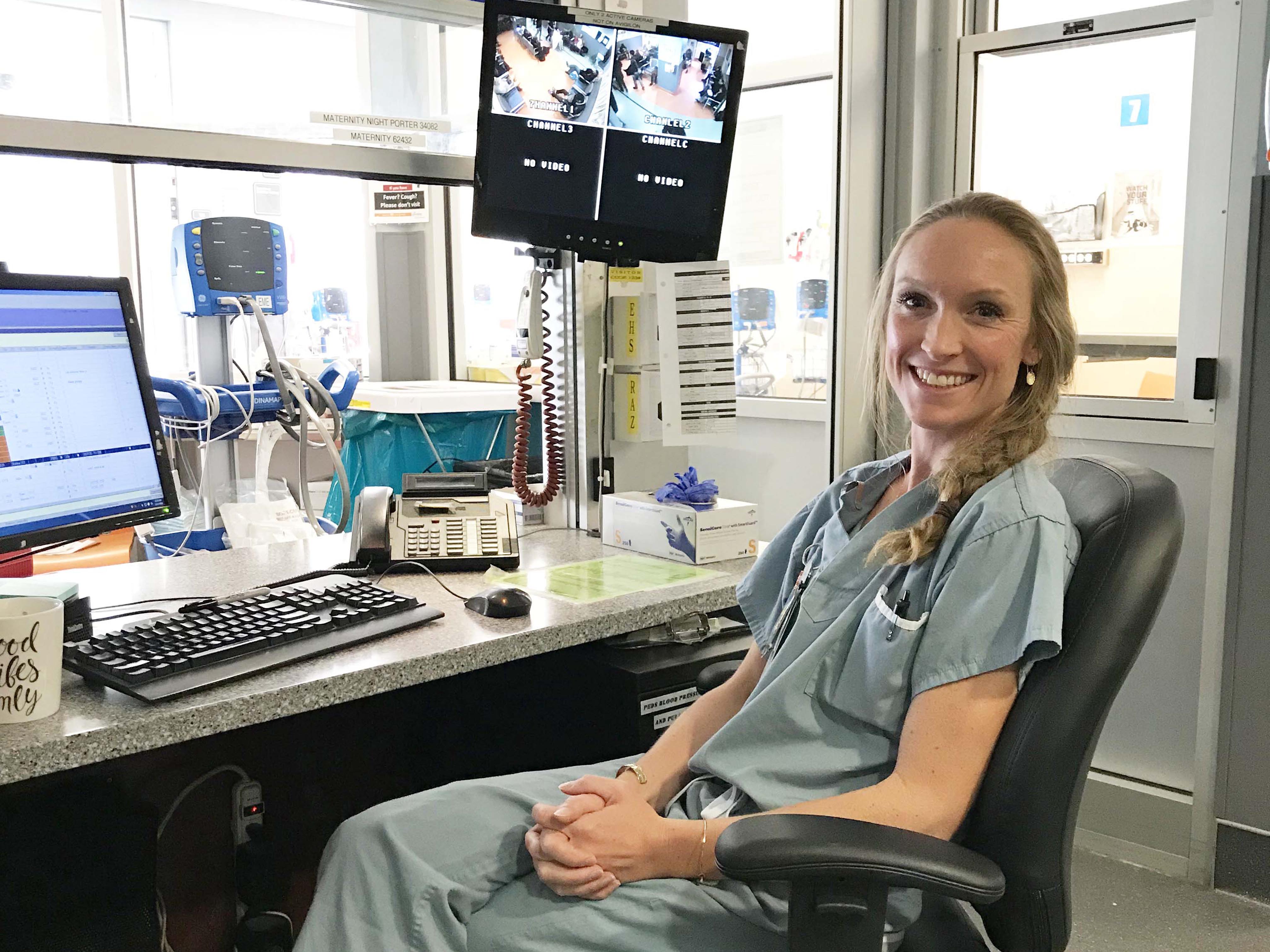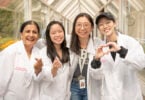Hers is one of the first faces a patient might see when they walk through the doors of the Emergency Department at St. Paul’s Hospital. Carolyn Townend has been working behind the triage desk for eight years (and has been a nurse for closer to 15), so she knows how crucial the triage process is in ensuring the busy department runs smoothly.
So, what exactly happens when a patient shows up at the ED? Townend sheds light on the important first steps.
What does triage mean anyway?
The term “triage” comes from the French word for “sort.” In the hospital ED setting, it’s the process by which patients are assessed and prioritized based on the type and urgency of their conditions.
“We basically determine: Are they sick, or are they not sick? And how quickly do they need to be seen?” Townend explains.

This initial assessment ensures critically ill and injured people receive medical attention before those with non-urgent issues, and it supports the best use of hospital space and resources.
At St. Paul’s, when patients first walk into the ED, they check in with the registration clerk (this step doesn’t apply to the minority of patients who arrive by ambulance). They are then triaged in order of arrival. A quick visual assessment from across the room will indicate to the triage nurse if someone needs to be bumped to the front of the triage line, or rushed to the trauma room for immediate treatment.
Why do some people have to wait so much longer than others?
The triage nurse listens to the patient’s story, checks their vital signs, and orders necessary tests such as blood work, ECGs or X-rays. The nurse then assigns the patient an acuity score based on the Canadian Triage and Acuity Scale (CTAS) – 1 is the most urgent (e.g. cardiac arrest, major trauma) and 5 is non-urgent (e.g. a dressing change, mild diarrhea).

“You use your clinical judgement and you also use things that are objective, like vital signs,” Townend says, noting that triaging is carried out by specially trained and experienced emergency nurses familiar with all areas of the department.
Based on the evaluation, the triage nurse decides if the patient needs immediate medical attention, or if it is safe for them to wait. The nurse also decides where to direct the patient for treatment within the ED: the trauma room, an acute treatment area, the rapid assessment zone, or the fast track unit.
The ED does not operate on a first-come-first-served basis; rather, patients are prioritized based on need. So, if a patient comes in with shortness of breath and is designated CTAS 2, they will be treated before the CTAS 4 patient in the waiting area with a cut that is not actively bleeding.
It’s not just the level of acuity that influences the time in which patients are seen. Wait times depend on a host of other factors including how busy the department is, the number of physicians on duty, and the availability of space and equipment.
Patients directed to the waiting area will be monitored and periodically reassessed by a nurse, often one from the rapid assessment zone.
‘It can be very overwhelming’
Townend has worked every nursing role there is to work within the ED and says triage is “probably the most stressful position a nurse has in the department.”
Sometimes she is alone for her entire shift. It’s a lot of stimuli for one person to deal with – incoming patients are awaiting assessment, ambulances are coming and going, the phones are ringing, and patients and family members are continually approaching her to ask how much longer they have to wait.
“It can be very overwhelming,” she says.
Triage nurses are skilled multi-taskers and excellent communicators who are able to make decisions quickly and confidently. They are indispensable members of the ED team who work to ensure all patients receive the right care, in the right place, at the right time.
“It’s busy, and you have to think quickly and you have to think on your feet,” Townend says, adding, “you get to use your own clinical judgement and you also get to meet a lot of people – you meet almost every person that comes through the department.”
Click here for more information about Emergency Services at St. Paul’s Hospital. Visit the ED Wait times website for current wait times at Vancouver, Richmond and North Shore Emergency Departments.






